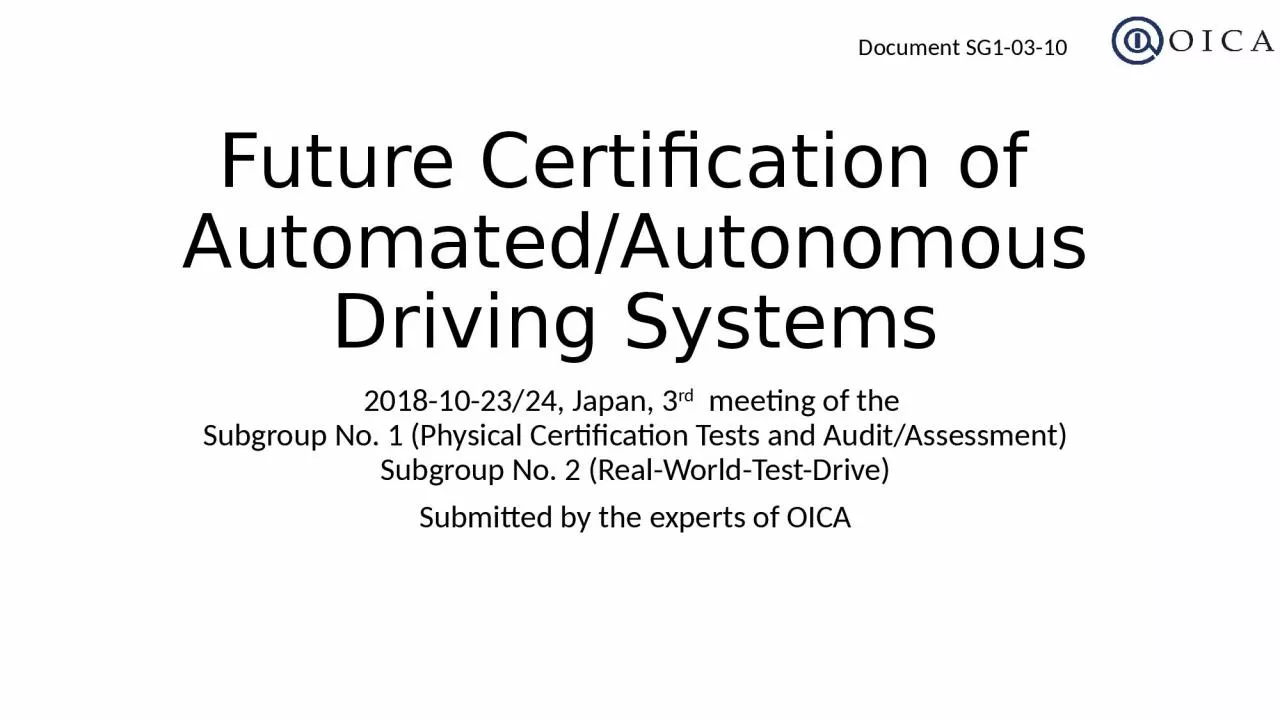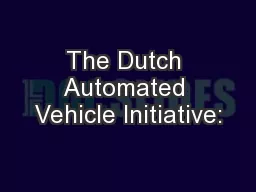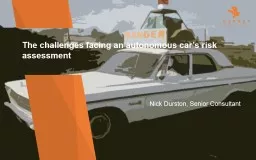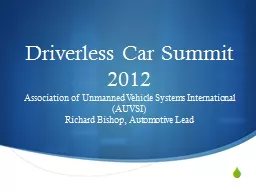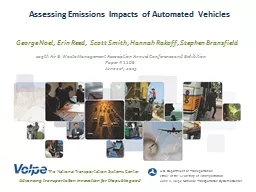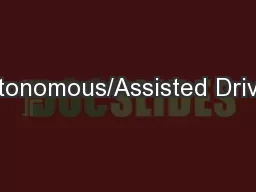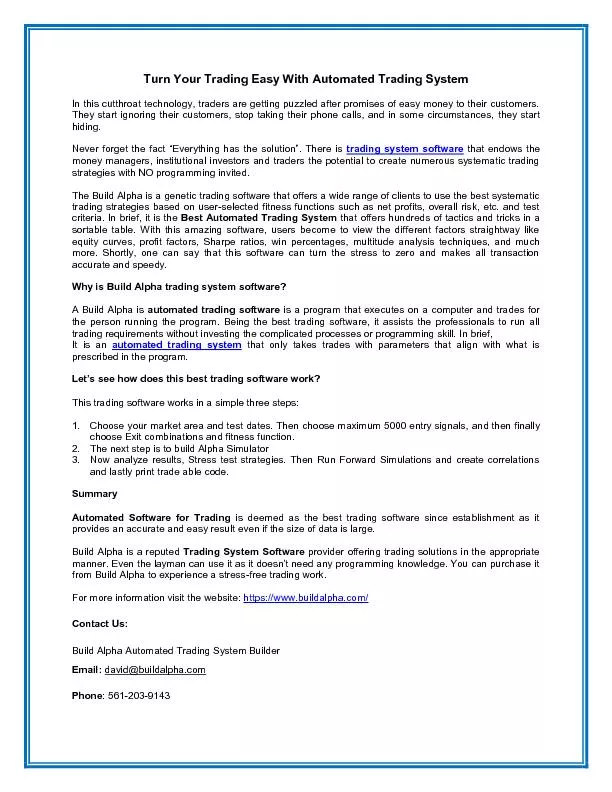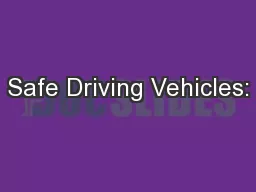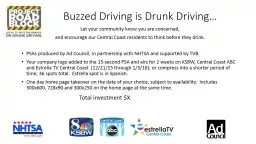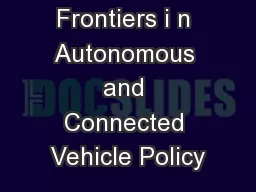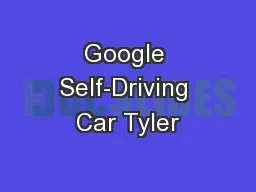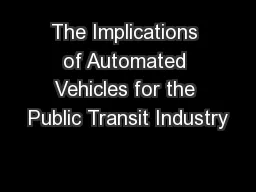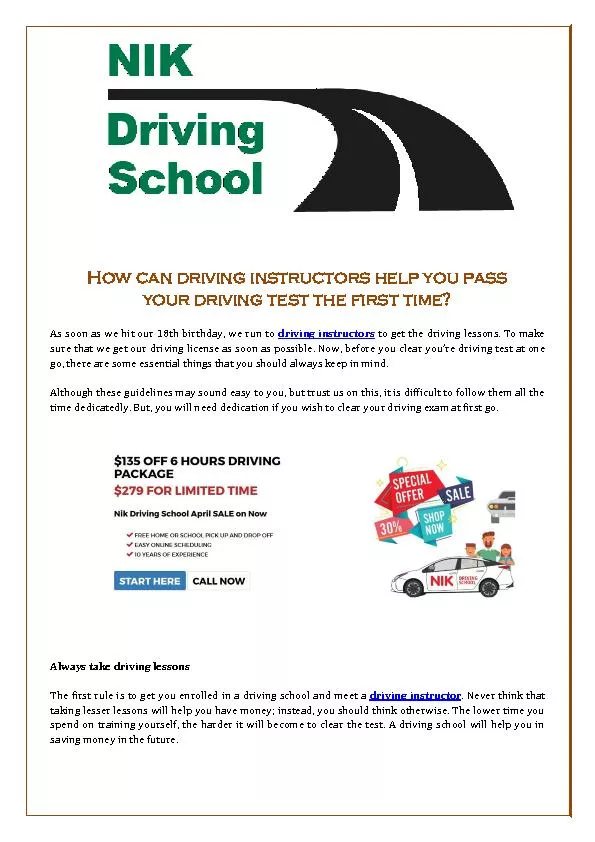PPT-Future Certification of Automated/Autonomous Driving Systems
Author : hadly | Published Date : 2024-03-15
2018102324 Japan 3 rd meeting of the Subgroup No 1 Physical Certification Tests and AuditAssessment Subgroup No 2 RealWorldTestDrive Submitted by the experts of
Presentation Embed Code
Download Presentation
Download Presentation The PPT/PDF document "Future Certification of Automated/Auto..." is the property of its rightful owner. Permission is granted to download and print the materials on this website for personal, non-commercial use only, and to display it on your personal computer provided you do not modify the materials and that you retain all copyright notices contained in the materials. By downloading content from our website, you accept the terms of this agreement.
Future Certification of Automated/Autonomous Driving Systems: Transcript
Download Rules Of Document
"Future Certification of Automated/Autonomous Driving Systems"The content belongs to its owner. You may download and print it for personal use, without modification, and keep all copyright notices. By downloading, you agree to these terms.
Related Documents

